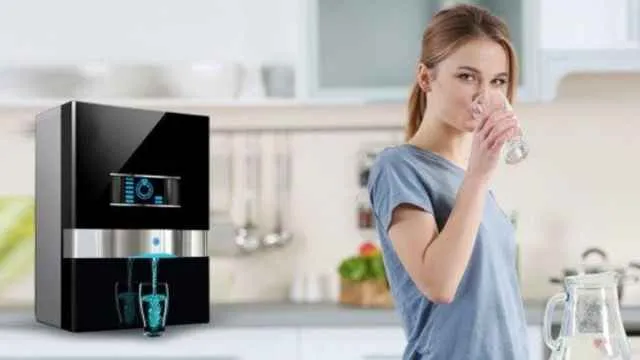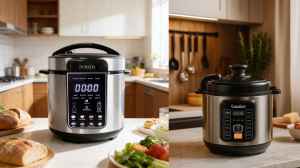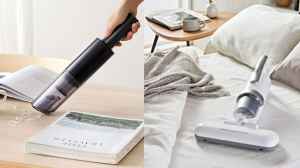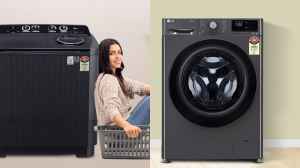Clean drinking water is essential for a healthy living, and reverse osmosis (RO) systems have emerged as a reliable solution for purifying water in homes. With the increasing contamination of water sources, RO systems have become a popular choice for households seeking to remove impurities, chemicals, and bacteria from their drinking water., If you have no idea what reverse osmosis technology is? We have got it covered!
What is Reverse Osmosis Technology in Water Filter Systems?
A Reverse Osmosis (RO) Purification System is a water filtration technology that uses a semi-permeable membrane to remove impurities and contaminants from water. It works by forcing water through the membrane, which blocks dissolved solids, heavy metals, bacteria, viruses, and other impurities, to provide clean and purified water. The most standout function of the RO systems is that they can effectively remove a wide range of contaminants, improving water taste and odour, and reducing the risk of waterborne diseases. While they can also remove beneficial minerals, some systems include remineralization stages to address this issue. Overall, RO systems from home solutions and electronics brands such as AO Smith, Aquaguard, Livepure and more are a popular choice for home water filtration due to their effectiveness in purifying water.
To assist you in finding the best RO water filtration system, we have explored the top-rated reverse osmosis systems for home use in 2025, picked from Amazon, highlighting their key features, pros, and cons. Check out below.
Loading...
How Does an RO System Work?
- Pre-filtration: Water passes through pre-filters to remove larger particles, sediments, and contaminants.
- High-pressure pump: The water is then pressurized to force it through the semipermeable membrane.
- Semi-permeable membrane: The membrane has tiny pores that allow water molecules to pass through, but block larger impurities like dissolved solids, heavy metals, bacteria, and viruses.
- Separation: The impurities are rejected by the membrane and flushed away, while the clean water passes through.
- Post-filtration: The filtered water may pass through additional filters, such as activated carbon or UV filters, to improve taste, odour, and remove any remaining impurities.
- Storage: The purified water is stored in a tank or dispensed directly for consumption.
Find the Best Reverse Osmosis Systems for Home Use with Comparison of Top Features
Also Read: Understanding RO Vs UV Water Purifiers: Which is Right for You?
Disclaimer: At HerZindagi, we prioritize providing the up-to-date information on the latest trending commodities and goods. This Article is written and vetted by our in-house category authors in sync with the Google guidelines on product reviews and shoppable content. HerZindagi is in an associate partnership, so we may earn a part of the revenue when you make a purchase. We shall not be liable for any claim under applicable laws, including but not limited to the Consumer Protection Act, 2019, concerning the products. The products listed in this article are in no particular order of priority.
Loading...




